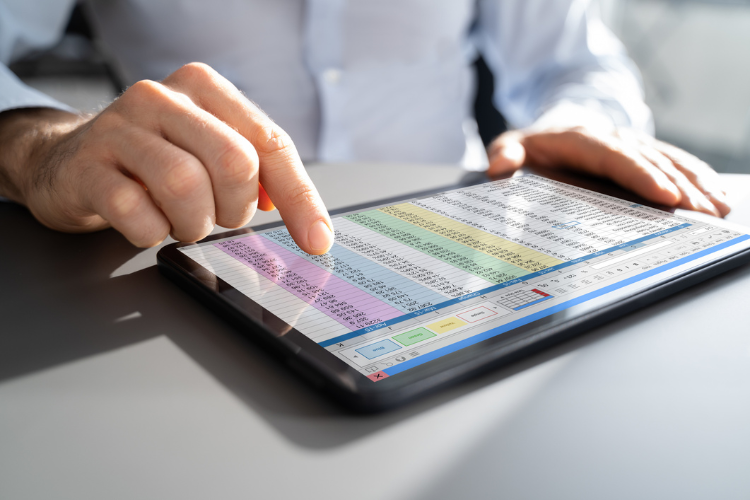Former long-time business officer, recent interim CFO, and founding member of NBOA Jim Pugh shares wisdom he has collected in his decades of service to independent schools. This is the third article in the series. The first is on the topic of entry interviews when you start at a new school and the second is on trustee orientation in terms of school finance.
Operating Statement
The most important report the finance office generates is the “P&L,” or profit and loss statement, also known as the operating statement. This is provided to the head of school and the chair of the finance committee each month. It is sent to the finance committee and the whole board of trustees whenever they meet.
Preparing the P&L is a good way for the finance office to catch periodic accounting errors. It is better to fix them when the activity is fresh in the mind, rather than letting them pile up and try to straighten them out in June and July as you prepare for the annual audit.
The P&L is an internal statement which typically differs from the audit’s statement of activities. A school’s operating budget is mostly a cash affair. This can be confusing to board members whose businesses run strictly on a “cash” or an “accrual” basis. I have referred to the schools where I’ve worked as being on a “modified cash” basis, as there are a few accruals.
The table below shows the most common differences between a cash statement and a GAAP statement.

Balance Sheet
It is also helpful to generate a balance sheet each quarter for board review. This is presented on a GAAP basis.
It is actually best to prepare two balance sheets. The prior year’s balance sheet at the same date is needed to provide a meaningful look at changes over the past 12 months. Has the cash position changed? How are student receivables compared to last year? Have pledges receivable increased or decreased? Are there any surprising changes in investments and net assets? The comparison is a way to spot changes and possible problems that do not appear in the monthly P&L.
Sample Monthly Financial Report
This Excel file, available for NBOA members in the NBOA library, has been my “go-to” finance report over the years. It helps me to understand the school’s financial activities – both the large picture and the nitty gritty. It allows the business office to identify and correct accounting mistakes at an early stage. It helps educate and provides good information to the head of school and the finance committee.
These six features have made it a “must-have” for me over the years:
1. The operating statement (P&L) gives a good sense of the school’s cash flow.
2. It shows how the current school year is performing relative to budget, as well as relative to the previous year.
3. It shows the school’s performance at several levels of detail. There is a one-page summary. There are backup pages with greater detail. Some heads and trustees prefer to see a report on one page. Others like to drill down. I like to keep both camps happy.
I provide the finance committee chair, the finance committee, and the board with the one-page P&L summary as well as Level 1 revenue detail and Level 1 expense detail. The head of school receives Level 2 income detail and Level 2 expense detail.
4. Starting with the December 31 report, the P&L statement provides a projection as to where the budget will land at June 30. By the end of December, enough of the school’s financial activity is known to make a meaningful forecast. The finance committee is told the projection is based on current trends, and will likely change in the months ahead. I offer my sense of the margin of error. This encourages a discussion with the finance committee about the remainder of the school year. Does spending need to be tightened? Will there be a surplus which can be used for capital projects which are on the wish list? The projection is revised monthly, and hopefully becomes more accurate as June 30 gets closer.
5. The Excel file includes a balance sheet, as well as the prior year’s balance sheet at the same date. I provide the one-page Level 1 balance sheet to the finance committee and the board at the end of each quarter. The Level 2 balance sheet is shared with the head of school.
6. Both the P&L and the balance sheet are generated directly from the trial balance, which has been downloaded from the school’s financial software. When I see a value in one of the statements which looks suspicious, I can use the Excel formulas to back track all the way to the trial balance.
There is so much to say and write about financial reporting; this is just the beginning. For the CFO or the school that is looking for a tool to assess or improve its current reports, I hope this article and the Excel file are a useful place to start.



